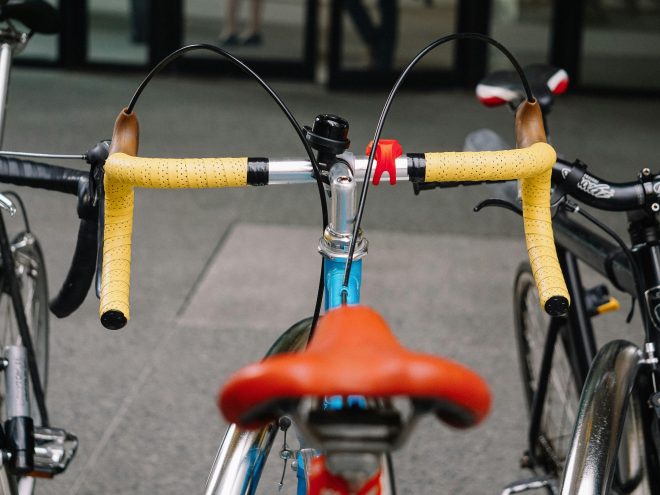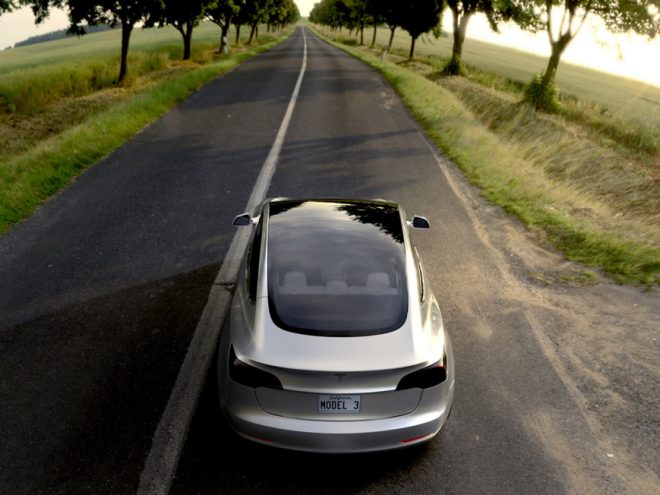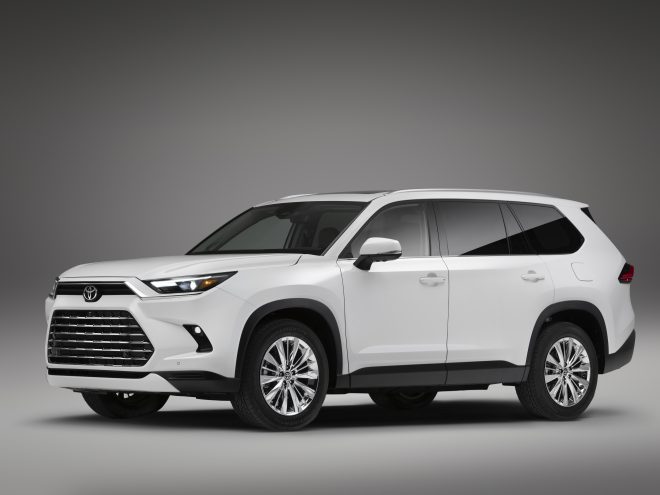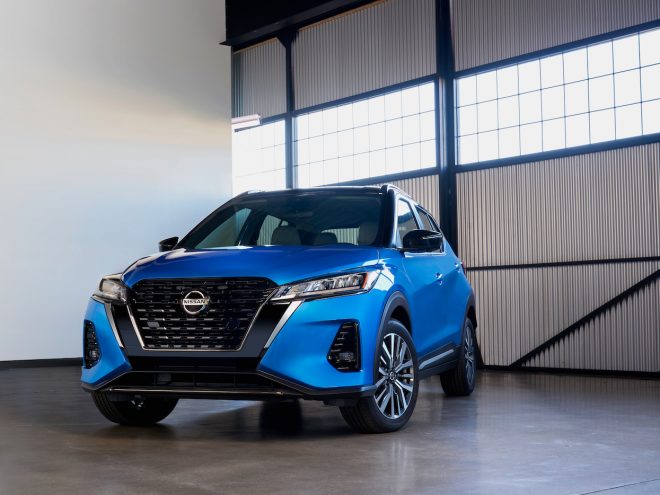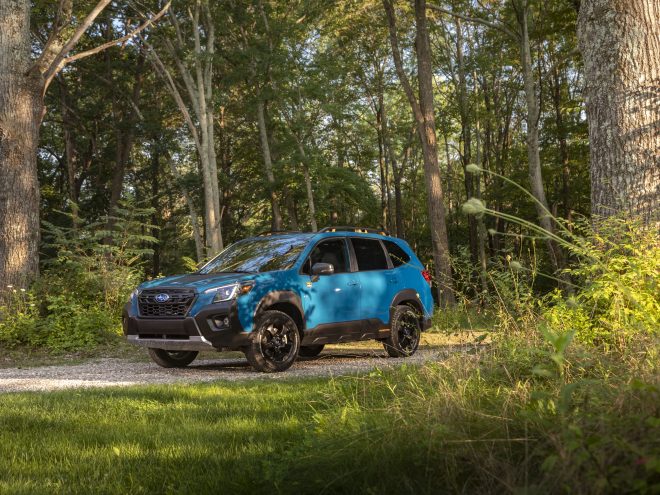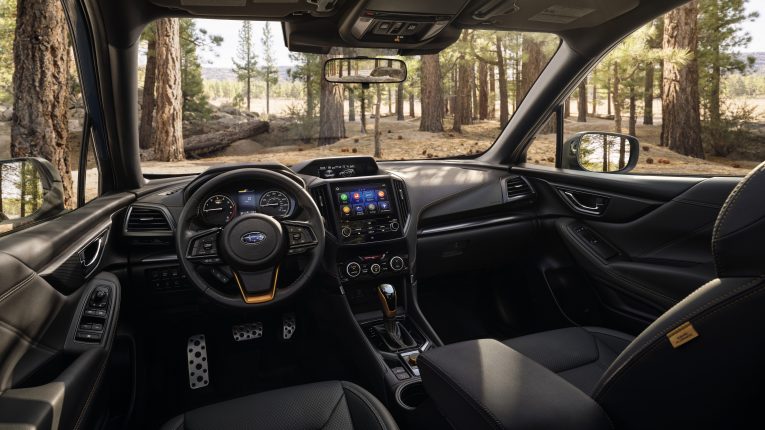
Visibility Is Key When Driving – Here’s How to Maximize It
Visibility is a key factor when driving, and it’s essential to make sure that you can see everything around you to stay safe on the road. Indeed, visibility, especially driving in poor visibility, can increase the risk of a car accident by 30% or more. While some conditions such as fog, sun glare, and night-time can affect your visibility on the road, it doesn’t mean that drivers can’t prepare for those.
Improving your visibility and ensuring that you can drive confidently in most environments can be instrumental to maintaining your safety at the steering wheel. Read on to find out more about how to maximize visibility when driving.
Test Drive the Vehicle
When shopping for a new car, taking the vehicle for a test drive is important. This will give you an opportunity to check out the visibility and make sure it meets your needs. It’s especially important to do a test drive if you’re making a big change in vehicle type, such as going from a small car to an SUV or vice versa. Indeed, switching to a bigger vehicle can bring additional challenges, not only in terms of parking spots but also visibility:
- Driver seats in bigger cars tend to be higher, which changes your perception of the road
- Elements of the car body around the windscreen could block your view more than in smaller cars
- Large dashboard accessories could also partially affect visibility
- The height of the front lights differs, which also changes how much you see your surroundings
Test driving allows you to get a feel for the seating position, the height of the lights, and how easy it is to see out the windows. Besides, it’s also the ideal opportunity to figure out if the new car design suits your driving visibility.
Keep Your Windscreen Clear
Having a clear windscreen is essential for ensuring visibility when driving. A dirty, foggy, or chipped windscreen can affect your visibility, making it difficult to spot potential hazards and respond in time. Cleaning the inside and outside of your windscreen regularly is key to maintaining visibility and preventing potential damage or accidents.
To clean your windscreen from the inside, use an interior glass cleaner and a soft cloth or paper towel. Make sure the cloth you use is lint-free. Start at the top of the windscreen and work your way down in circular motions. Wipe dry with a paper towel or a lint-free cloth, making sure not to leave any streaks.
Cleaning the outside of your windshield requires a mild soap solution and a soft cloth or brush. Automatic cleaning stations can be ineffective at removing some hardened stains. Gently scrub the surface in a circular motion and then rinse off with a hose or a bucket of water.
It’s also important to check your windscreen for chips and cracks on a regular basis, especially after long journeys. Even a minor chip can expand to disastrous consequences. If your windscreen does have any chips or cracks, you will need to consider chip repair or even windshield replacement services, depending on the chip placement to prevent further damage and maintain visibility.
Invest in Sunglasses
A good pair of sunglasses is one of the best ways to do this. Sunglasses not only protect your eyes from the sun’s harsh UV rays, but they also reduce the glare of sunlight on your windshield. This can make it easier to see objects and other vehicles in bright sunlight.
It’s also important to consider the type of lenses you get for your sunglasses. Polarized lenses are best for driving as they reduce glare from reflective surfaces and increase contrast and visibility. This makes it easier to spot obstacles and dangers on the road.
In addition, wearing sunglasses while driving can help prevent eye fatigue and dryness that can be caused by exposure to sunlight. Make sure to invest in a quality pair of sunglasses and keep them with you when you’re behind the wheel.
Consider Blind Corners
Blind corners pose a risk when driving, as they can be difficult to spot and cause unexpected hazards. You may find it useful to equip your vehicle with sensors and cameras to help identify any potential danger.
Sensors and cameras can alert you to obstacles in your path so that you can take the necessary precautions to avoid a collision. They can also provide a wider view of your surroundings, helping you identify any blind corners in the road ahead. This allows you to be better prepared for unexpected hazards and keep your vehicle out of harm’s way.
Visibility is no topic to take lightly. However, as cars become increasingly complex and numerous, it’s become crucial for drivers to look for strategies that can preserve visibility, through best-practice car management and smart tech.
